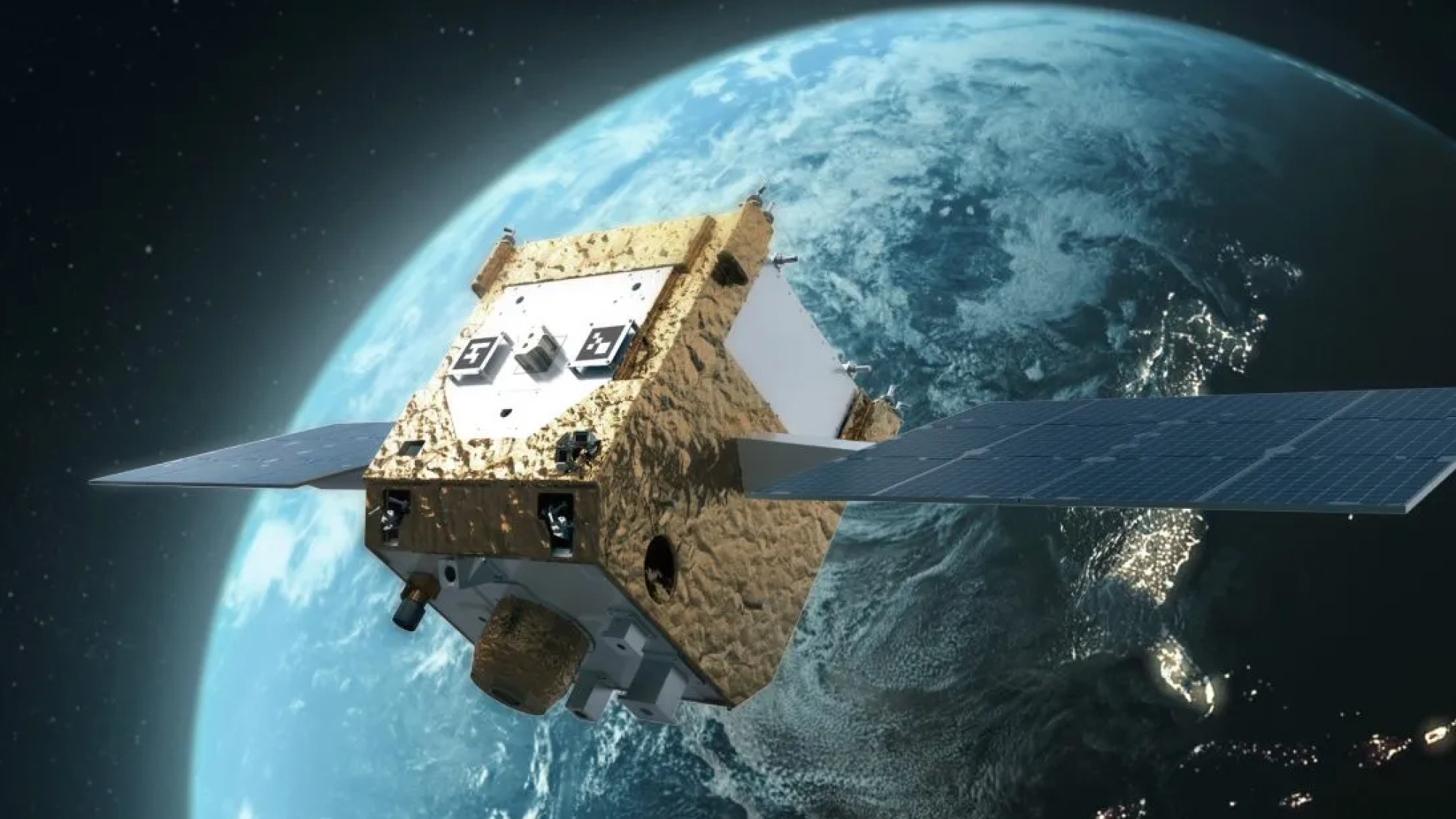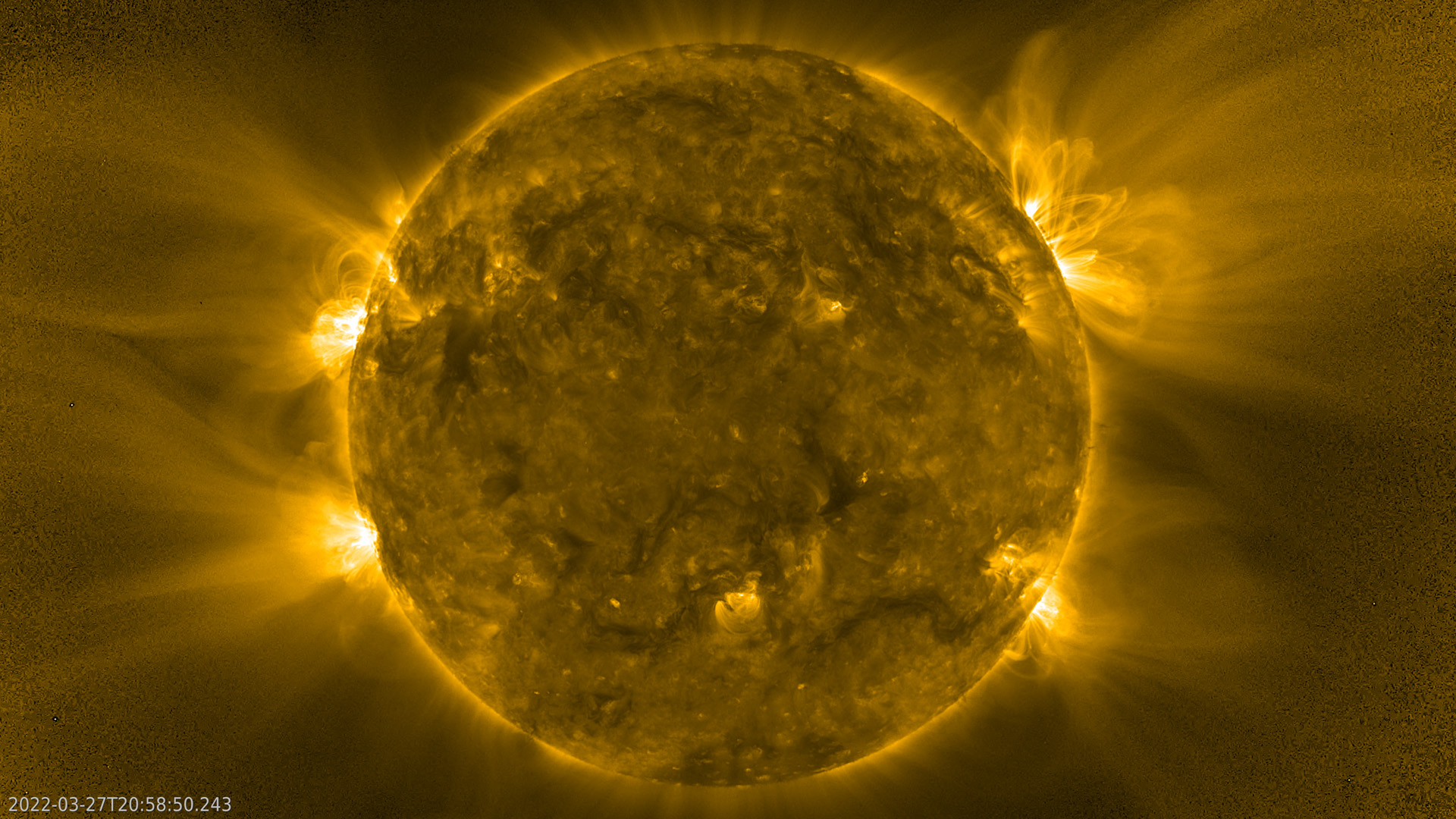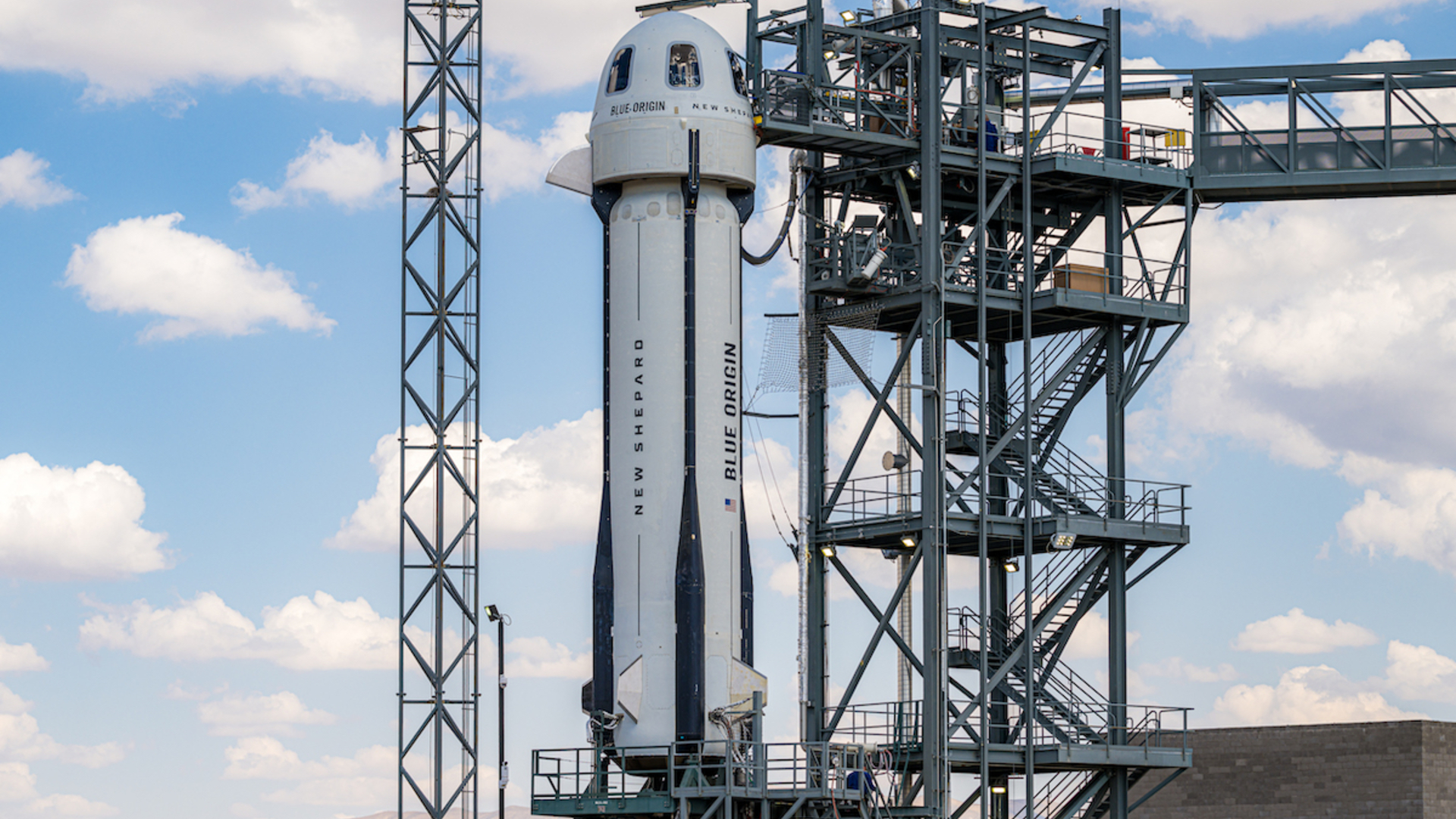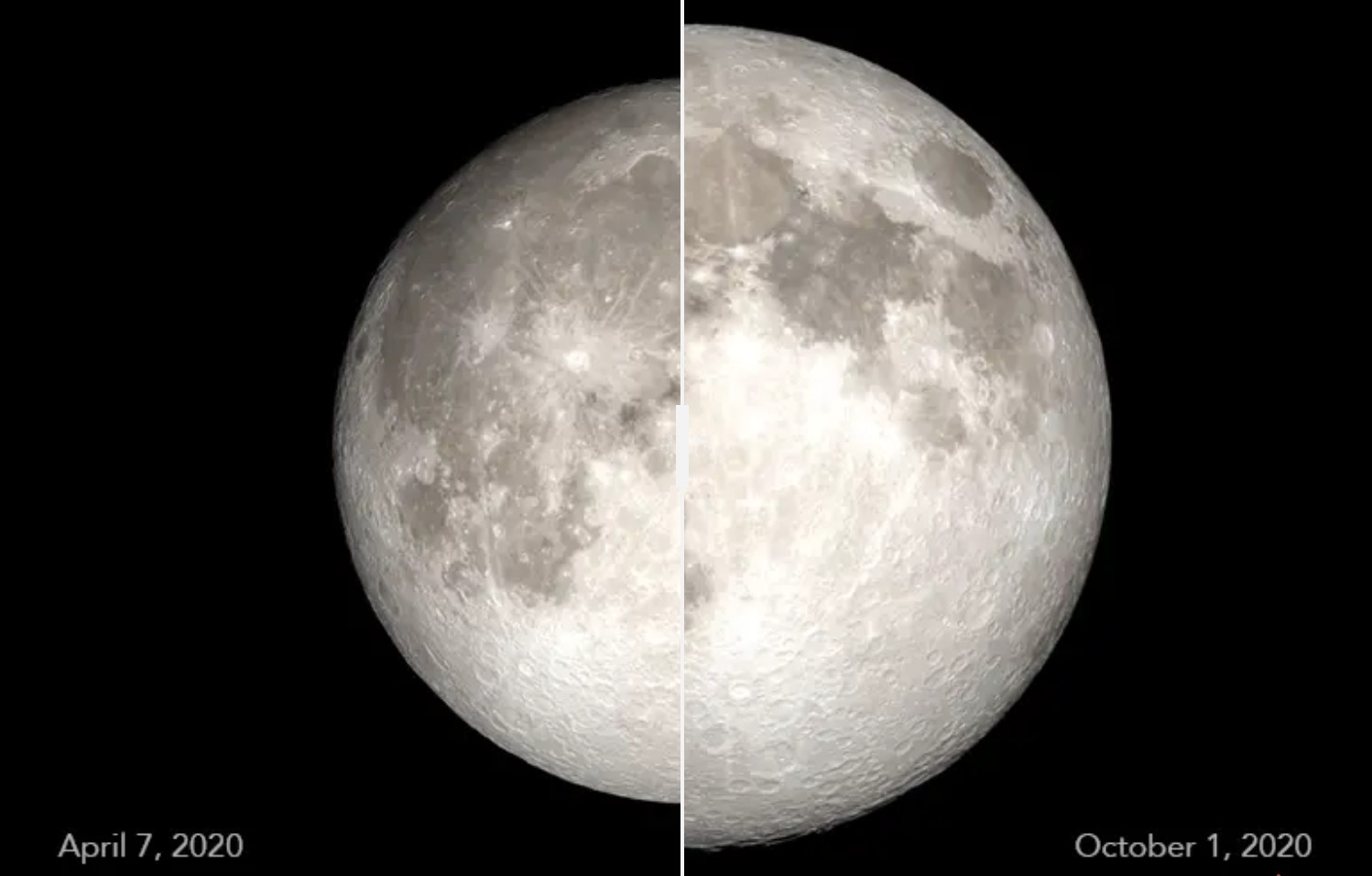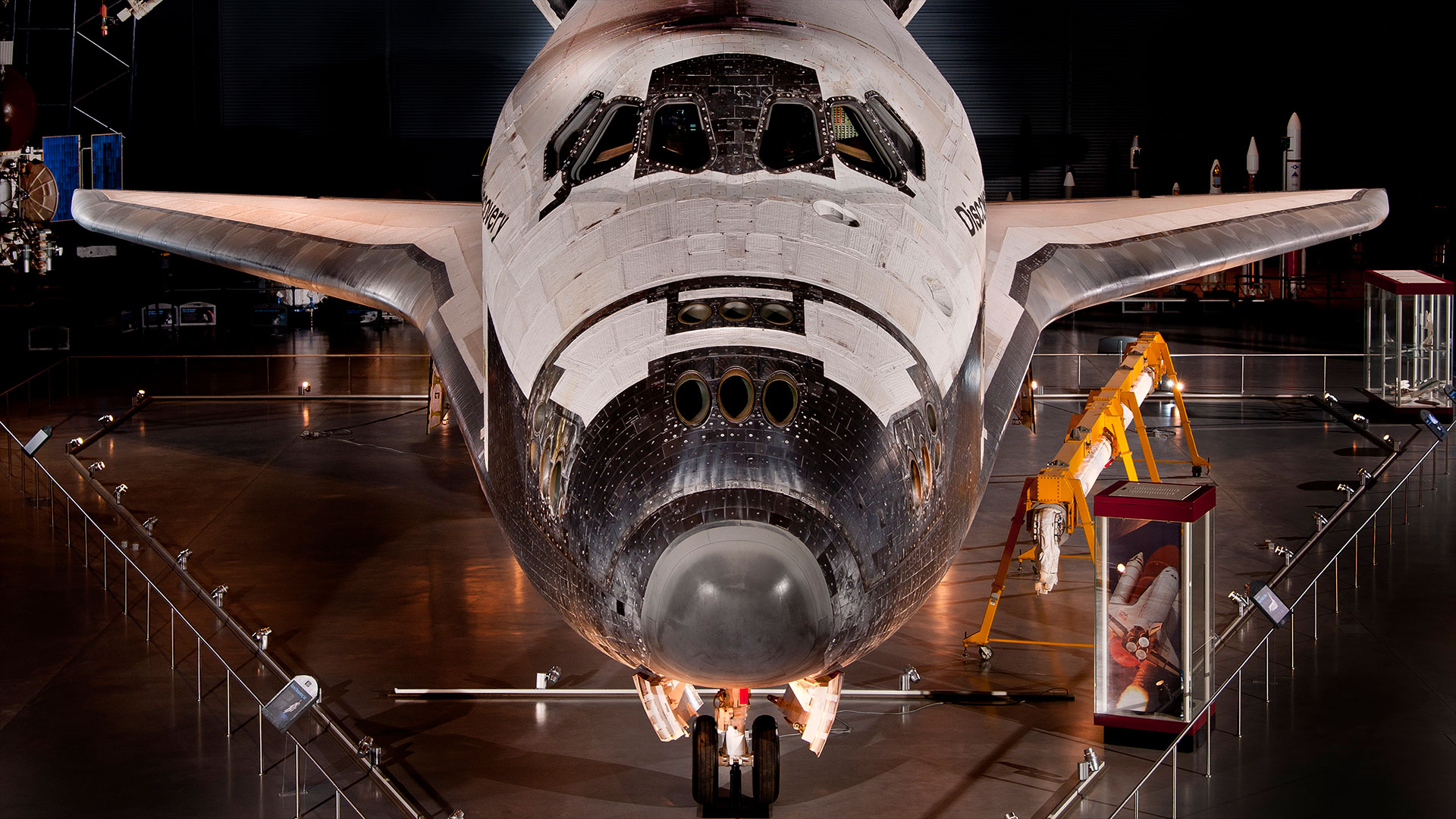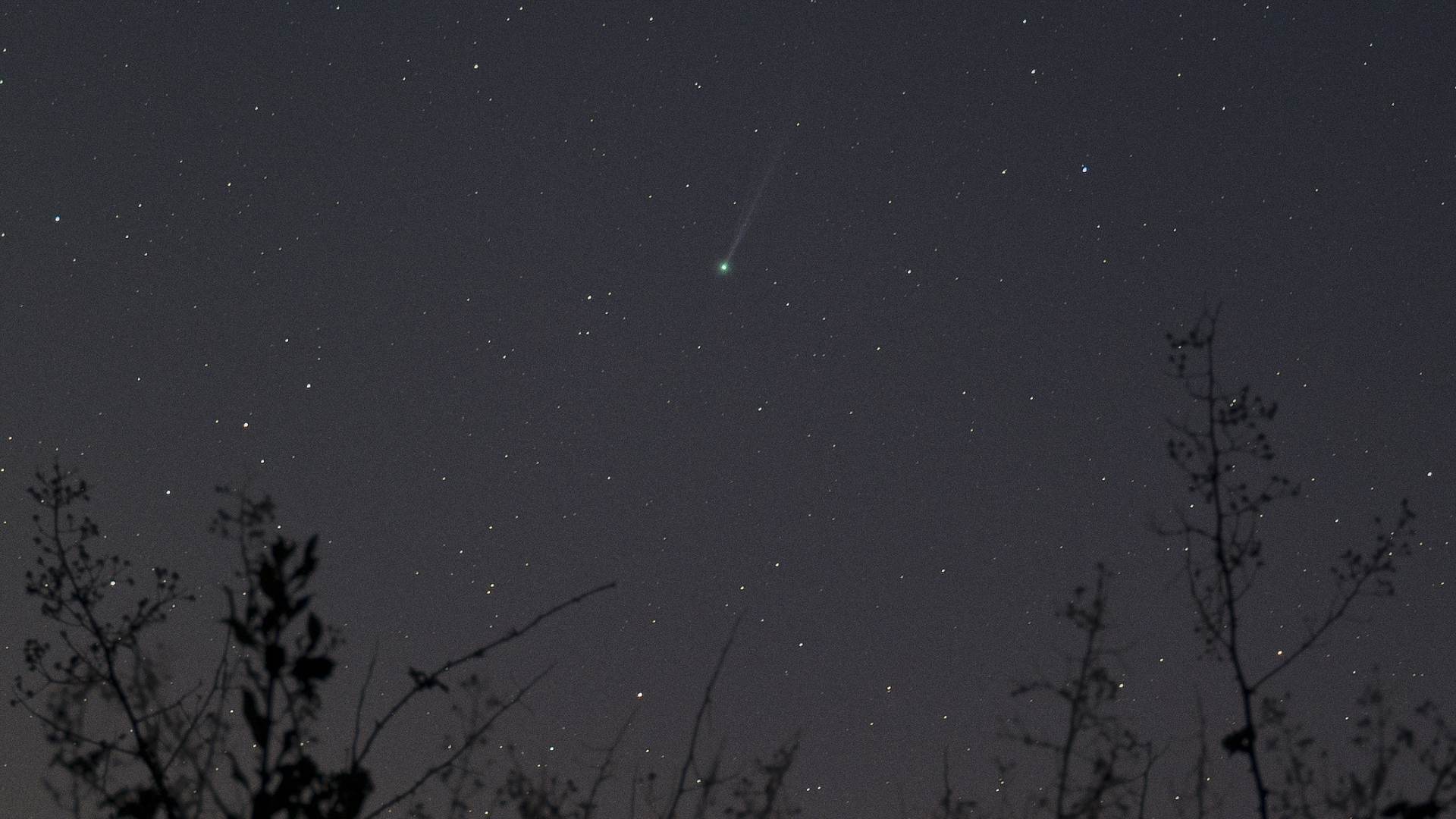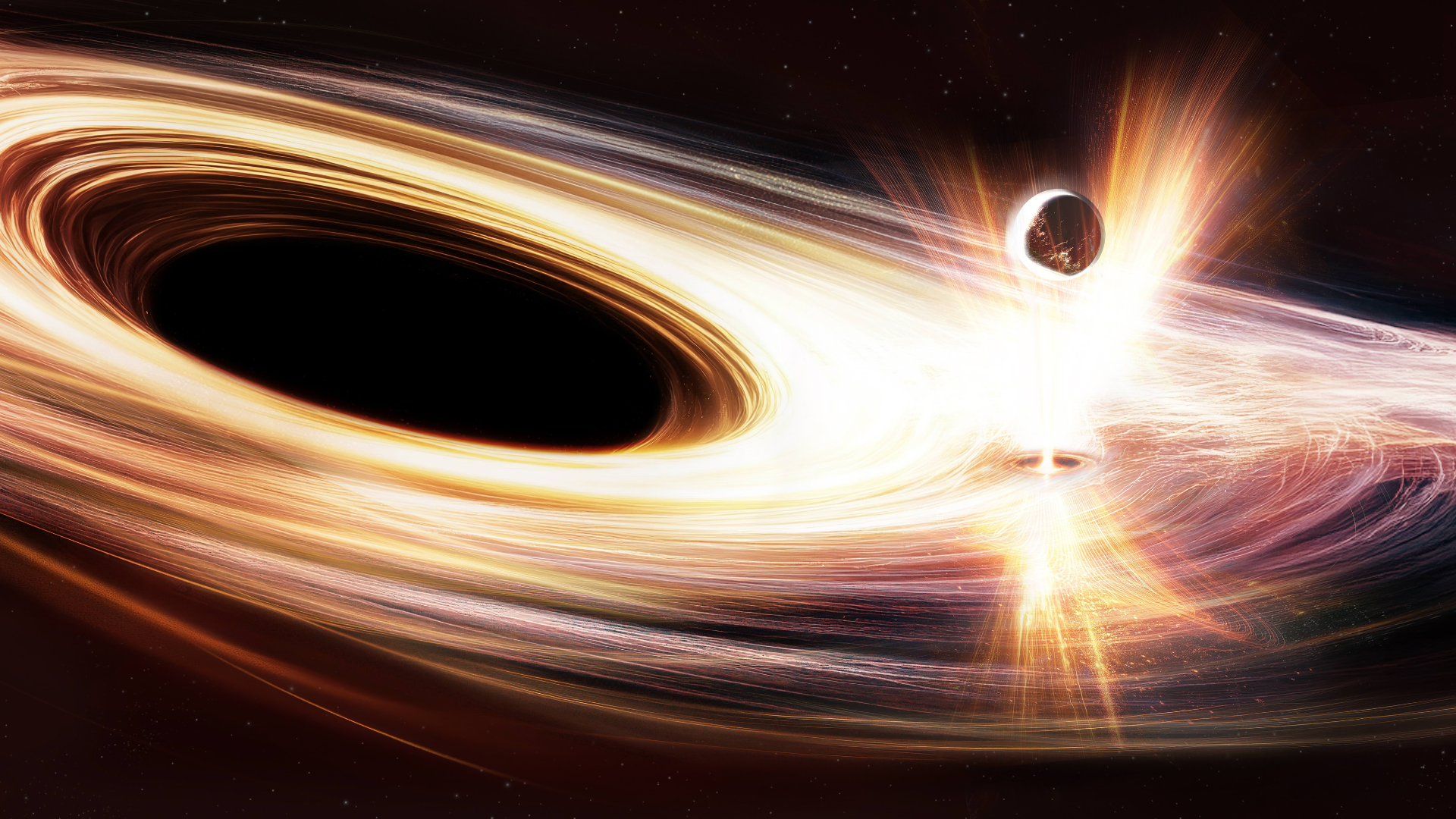China's Chang'e 6 lunar samples suggest our moon is debris from an ancient Earth impact
The findings also deepen the mystery as to why the nearside and farside of the Moon appear so different.
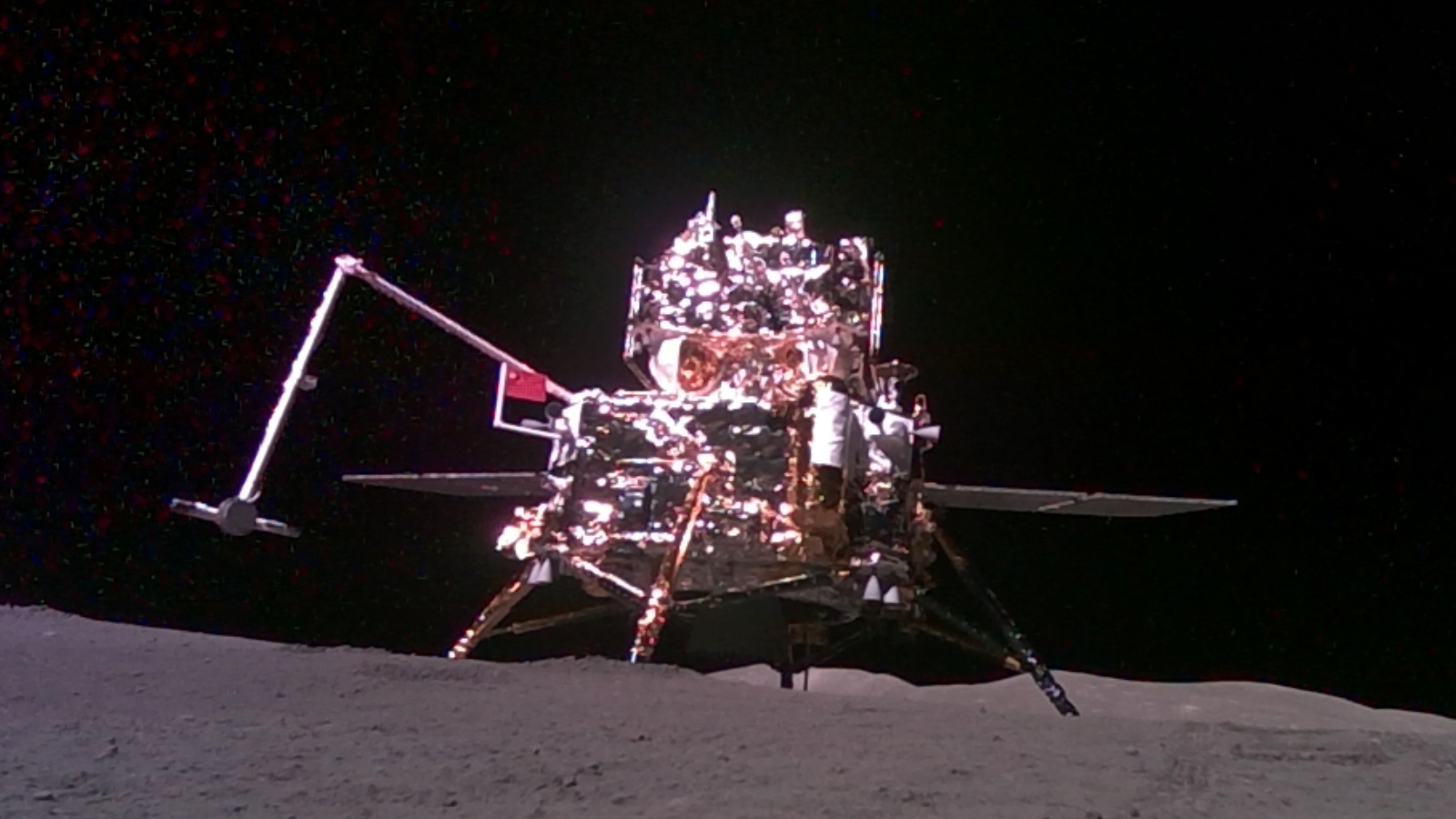
There's less water in the mantle beneath the farside of the moon than in the mantle on the nearside, according to studies of the precious lunar samples brought back to Earth by China's Chang'e 6 mission.
Furthermore, the findings bolster the theory that the moon formed when a giant, Mars-size protoplanet slammed into the young Earth about 4.5 billion years ago and sent a cascade of debris into orbit that coalesced into the powdery gray orb we see today.
"We believe the new result is in line with the giant impact hypothesis of the moon," HU Sen, a professor at the Institute of Geology and Geophysics at the Chinese Academy of Sciences, told Space.com.
Chang'e 6 arrived at the South Pole–Aitken (SPA) basin, located on the farside of the moon, in June 2024. The lander's robotic drill and scoop collected 4.27 lbs (1.935 kilograms) of basaltic regolith from the SPA basin before returning it to Earth. Chang'e 6's treasure trove of lunar material is the first sample to be collected from the moon’s farside.
As such, it has some questions to answer.
Among them is whether its water content is compatible with the giant impact theory of the moon's formation. Modeling of the giant impact scenario suggests the mantle on the farside of the moon should have less water than the nearside does.
One line of evidence for this comes from the relative abundances of thorium on the lunar surface. Magma is formed from melt within the mantle, and the areas of the mantle that produce such melt are referred to as the "mantle source." When magma is formed in the mantle source, thorium, like water, remains in the melt rather than producing crystalline minerals. Therefore, the abundance of thorium on the surface can act as a proxy for water.
Get the Space.com Newsletter
Breaking space news, the latest updates on rocket launches, skywatching events and more!
The nearside, covered in ancient deep impacts and volcanic flows, has regions that are rich in thorium, as we would expect. Few areas on the farside, with its dearth of volcanism, have a high abundance of thorium. However, the SPA basin is an exception: as a giant impact basin, its floor is flooded by now-solid lava that welled up through the wound in the moon's surface from the mantle below, like blood oozing from a cut.
As one of the few impact basins on the farside, the SPA basin is one of the few farside locations with thorium on the surface, where the impact that formed the basin dug deep enough into the mantle to bring the melt to the surface.
So, the logic goes, if the SPA basin has less thorium, then perhaps it means the mantle source has less water too. Analysis of the basaltic (volcanic) rock brought back from the SPA basin by Chang'e 6 yields a mantle source water content of between just 1 and 1.5 μg.g⁻¹ (micrograms — millionths of a gram — per gram of sample).
"The modeling results suggest that the lunar mantle would have a maximum water content of less than 10 μg.g⁻¹<" Hu explained. "Our estimate, 1–1.5 μg.g⁻¹, is consistent with the modeling prediction."
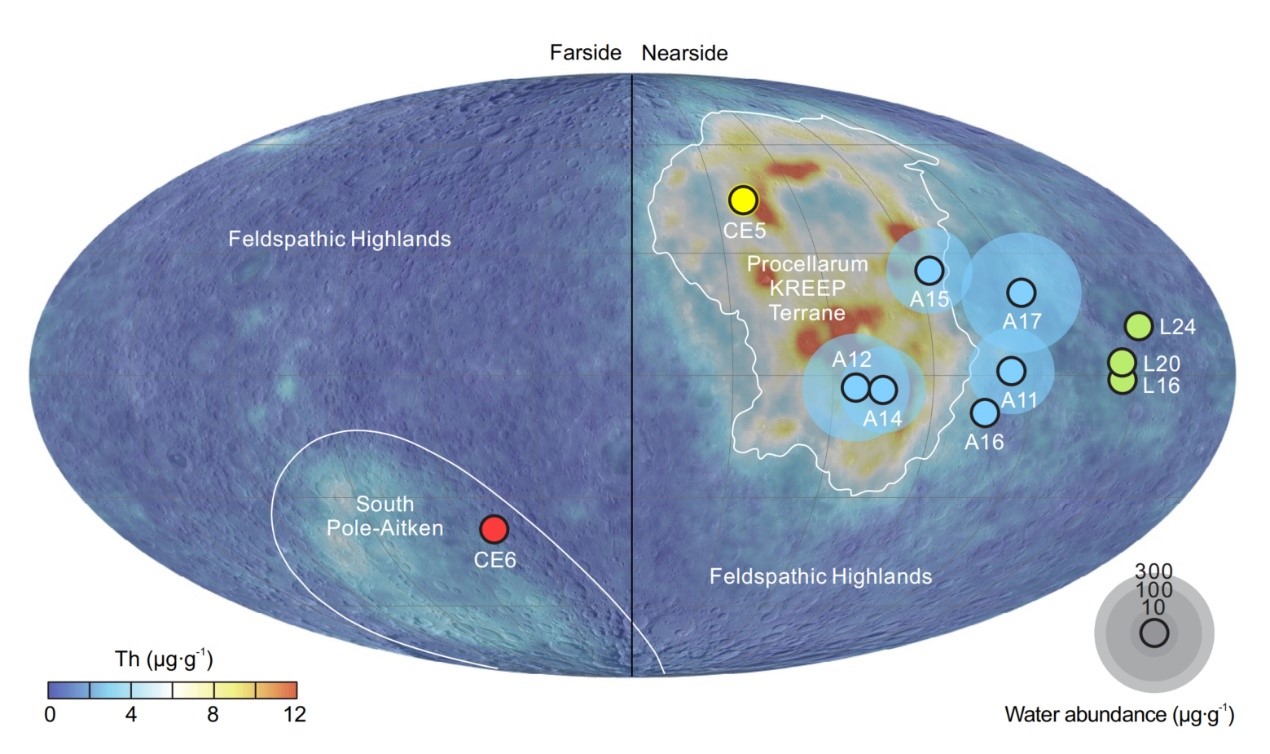
This estimate is substantially lower than the average water content in the nearside mantle, based upon the study of Apollo-mission samples that suggest a value of up to 200 μg.g⁻¹, depending upon the location on the nearside.
"If the lunar interior on the farside is drier than the nearside, it means the water in the lunar mantle may exhibit dichotomic distribution," said Hu.
This difference, or dichotomy, between the water abundance in the mantle on the farside compared to the nearside of the moon is just one more thing to add to the list of differences between the two hemispheres. Topology, volcanism, surface ages, rock types and the aforementioned thorium difference are just some of the differences that any hypothesis attempting to model the formation and subsequent evolution of the moon have to explain.
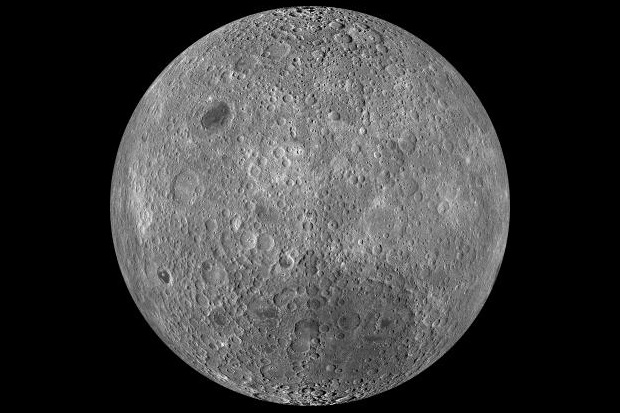
"We infer that such a dichotomic distribution of water in the moon may be the result of the massive impact event forming the SPA basin," said Hu. The SPA basin is huge, spanning 1,600 miles (2,500 kilometers ) and is one of the very largest examples of its kind in the solar system — its effects on the rest of the moon, particularly the farside, would have been enormous.
"Another possibility is the water in the lunar mantle may exhibit secular distribution," said Hu. "For instance, the deeper and earlier-formed lunar mantle may have relatively lower water content than the shallower and later-formed mantle source."
One thing is for sure: Despite being as dry as a bone, the moon's farside continues to be one of endless fascination.
The analysis of the Chang'e 6 samples was reported on April 9 in the journal Nature.
Join our Space Forums to keep talking space on the latest missions, night sky and more! And if you have a news tip, correction or comment, let us know at: community@space.com.

Keith Cooper is a freelance science journalist and editor in the United Kingdom, and has a degree in physics and astrophysics from the University of Manchester. He's the author of "The Contact Paradox: Challenging Our Assumptions in the Search for Extraterrestrial Intelligence" (Bloomsbury Sigma, 2020) and has written articles on astronomy, space, physics and astrobiology for a multitude of magazines and websites.
You must confirm your public display name before commenting
Please logout and then login again, you will then be prompted to enter your display name.
